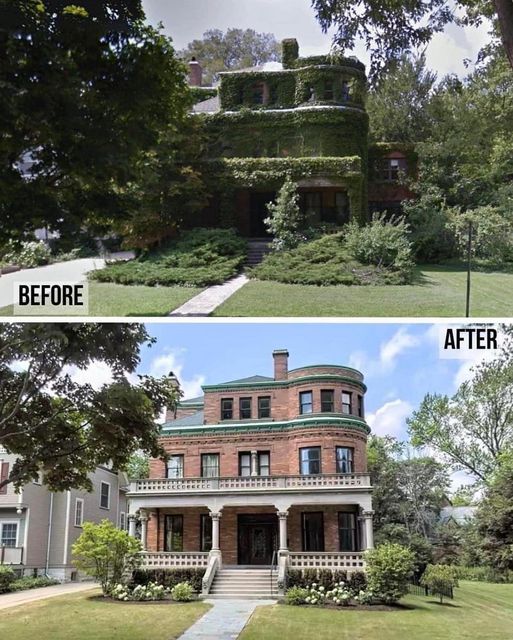Nestled in the historic city of Bath, England, the Royal Crescent stands as a timeless testament to the elegance and grandeur of Georgian architecture. Regarded as one of the greatest examples of its kind in Britain, this iconic landmark has captured the imagination of visitors and residents alike for over two centuries. From its graceful curvature to its exquisite detailing, the Royal Crescent continues to enchant and inspire all who behold its magnificence. Join me as we embark on a journey to discover the rich history and architectural splendor of the Royal Crescent in Bath.
A Stately Marvel: The Origins of the Royal Crescent
Constructed between 1767 and 1774, the Royal Crescent represents the pinnacle of Georgian architectural achievement. Designed by the renowned architect John Wood the Younger, this Grade I listed building is a masterpiece of symmetry and proportion, comprising 30 terraced houses arranged in a sweeping crescent formation. Each residence boasts its own unique features, from ornate wrought iron balconies to intricately carved doorways, showcasing the craftsmanship and attention to detail that define the Georgian era.
A Symbol of Prestige and Luxury: Life in the Royal Crescent

From its inception, the Royal Crescent has been synonymous with wealth, status, and refinement. Its elegant facades and spacious interiors attracted the cream of Georgian society, including aristocrats, politicians, and artists, who sought to establish themselves in this prestigious address. Behind its imposing doors, residents enjoyed the height of luxury, with sumptuously appointed rooms, sweeping views of the surrounding countryside, and access to the city's finest amenities and entertainments.
Preserving the Past: Restoring and Conserving the Royal Crescent

Over the centuries, the Royal Crescent has weathered the passage of time and the demands of modern living, requiring careful preservation and conservation efforts to maintain its architectural integrity. In recent years, restoration projects have been undertaken to repair and revitalize the facades, ensuring that the Royal Crescent remains a shining example of Georgian elegance for generations to come. By honoring its rich heritage and protecting its historic fabric, we can continue to celebrate the legacy of this iconic landmark and appreciate its significance in the cultural landscape of Bath.
Conclusion:
The Royal Crescent in Bath stands as a timeless testament to the enduring allure of Georgian architecture and the grandeur of Britain's architectural heritage. Its graceful curves and classical proportions continue to captivate the imagination, evoking a bygone era of elegance and refinement. As we wander through its hallowed halls and admire its exquisite detailing, we are transported back in time to an age of opulence and sophistication, where the pursuit of beauty and excellence reigned supreme.
Archaeological Insights:
While the Royal Crescent itself may not be directly related to archaeology, its construction and history offer valuable insights into the social, cultural, and economic dynamics of 18th-century Britain. Through careful study and analysis of the Royal Crescent and other Georgian landmarks, archaeologists can uncover the stories of the people who lived and worked in these grand edifices, shedding light on their lives, aspirations, and achievements. By preserving and interpreting sites like the Royal Crescent, we gain a deeper understanding of our shared heritage and the forces that have shaped the world we inhabit today.










